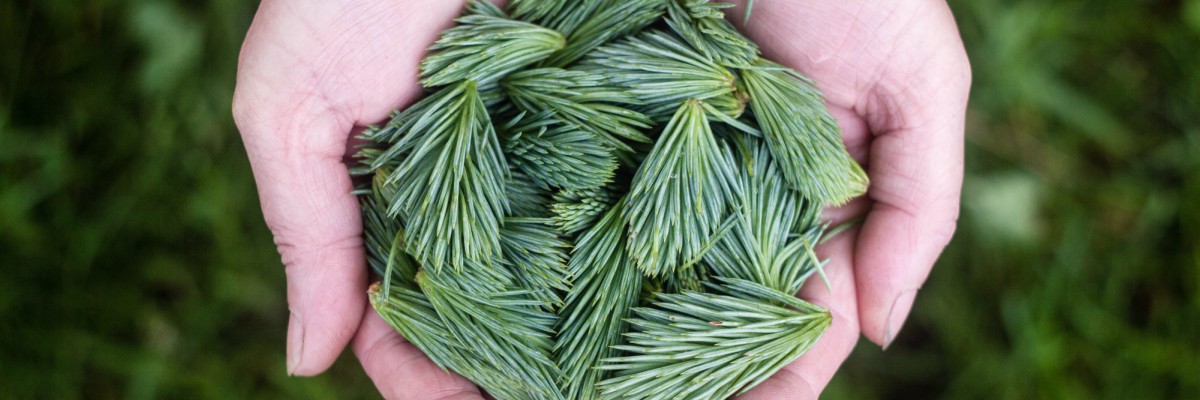Acupuncture
Acupuncture is the safe and effective technique of inserting fine filigree needles at specific places and depths through out the body. There is generally little pain with acupuncture, but there can be sensations associated with the insertion of the needles. Because it utilizes and enhances the body’s innate ability to heal, it can treat a wide variety of conditions. It is especially useful for treating a variety of pain conditions but can also be used for a variety of internal complaints and for skin conditions as well. While acupuncture is a relatively newer health treatment in the West, it has been used for thousands of years in East Asia, and is widely used in hospitals settings through out China.
Chinese medical massage/tuina
Tuina (“push/pull” in Chinese) describes a variety of manipulative techniques applied to the soft tissue and tendons to mobilize tight, spasmed muscles, restore healthy circulation, and relieve pain. It’s used in the treatment of a variety muscular-skeletal complaints, and when treatment is focused on acupressure points, it can also treat internal disorders. Traditionally, tuina is usually performed while the patient is clothed. At Heartwood Healing Center, we may also treat patients directly on the skin, especially if it is combined with cupping.
cupping
Cupping can be performed in many areas of the body, but generally used on the back and chest. The technique works by creating suction that gently pulls and lifts the skin and connective tissue and helps to relieve pain and fascial tension, and smooth out adhesions. It improves local circulation in the muscles and moves stagnant lymph fluid. It stimulates the immune system is a very effective technique for the treatment of colds and flus.
chinese herbal medicine
While acupuncture is the most broadly used form of Traditional Chinese Medicine used in the West, herbal formulas or fangji are the most highly regarded form of treatment of internal disorders and other disorders in China. A Chinese herbalist must be familiar with more than 300 individual herbs and hundreds of traditional formulas

